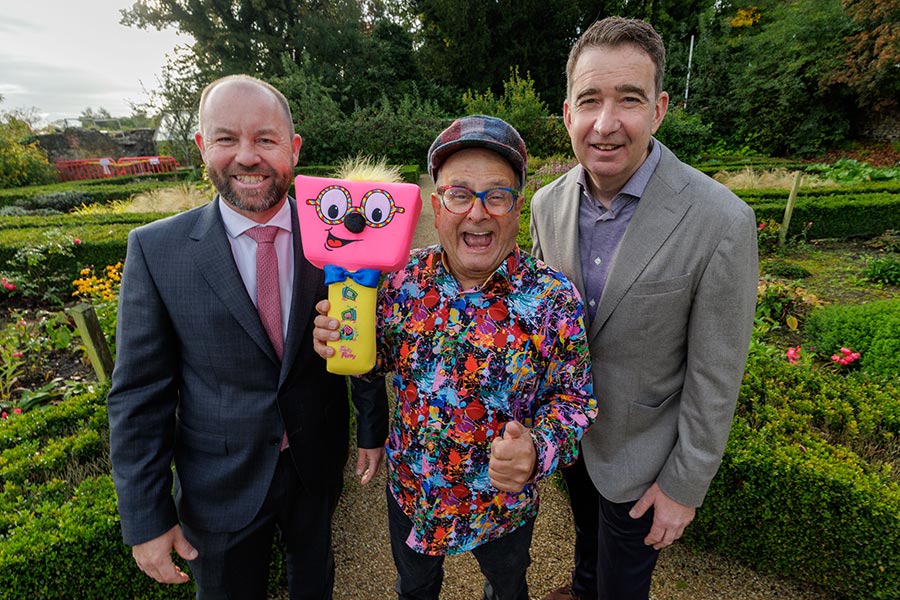The Deposit Return Scheme has not managed to reduce the country’s litter levels, a nationwide survey has revealed, writes Ian Begley.
A fall in the number of plastic bottles and cans on our streets, brought about by the Deposit Return Scheme (DRS), was not enough to lower overall litter levels, which were found to be on par with 12 months ago.
This is despite a near 50% drop in the prevalence of plastic bottles and cans since the DRS was introduced last year, the Irish Business Against Litter (IBAL) group has claimed.
The survey of 40 towns and cities revealed Naas in Co. Kildare as the cleanest town in Ireland, while Dublin’s north inner city was at the bottom of the pile.
“We are definitely seeing cans and bottles disappear from our streets, which is very welcome – not only are they unsightly, but the bottles contribute to the very real problem of plastic pollution,” said IBAL’s Conor Horgan.
He added: “People continue to discard a wide range of litter types with flagrant disregard for their surroundings.
“Sweet wrappers and fast-food wrappers were the most common litter types, ahead of plastic bags and coffee cups, which were present in over 20% of sites.
“The DRS was one of a number of structural measures broached by the last government as part of its environmental agenda, with knock-on benefits in terms of litter.
“A ban on disposable vapes and a coffee cup levy were others.
“The need for such measures is evident in the stubbornly low penetration levels of refillable coffee cups and the proliferation of highly damaging vape litter, which cannot be recycled.”
He said that “if we are to see sustainable improvement nationwide, it is important the incoming regime maintain the momentum on anti-litter legislation”.
Naas finished on top as the cleanest town in Ireland for the third time in four years, ahead of five-time victor Kilkenny and Monaghan town.
An Taisce, which conducted the survey on behalf of IBAL, praised Naas on an achievement which it says “didn’t happen overnight”.
In all, 60% of the towns and cities surveyed were deemed “clean”.
Galway replaced Waterford as the cleanest city, but city areas occupied all but one of the bottom ten places in the league table, despite some improvement in Limerick and Mahon in Cork.
Ballybane in Galway and Dublin city centre deteriorated year-on-year and were described as “littered”, while Dublin’s north inner city was the only area to be branded “seriously littered”.
According to the inspectors, “vast quantities of loose food and alcohol-related litter had been discarded” near Emmet Road in Dublin, while Upper Sherrard Street in the city suffered from the presence of “bags of domestic rubbish, the contents of which have been scattered about”.
Another blackspot was Crinan Strand in Dublin 1, an area which was found to have discarded mattresses and furniture left along the pavement, along with at least a dozen black sacks of rubbish – the contents of which were being scavenged by seagulls.

“These findings strengthen the case for the ban on bag bins in Dublin city,” added Mr Horgan.
“The ban can bring about a step change, but its impact will hinge on proper enforcement.”
He said this ban recently came into force in the south inner city, “with an extension north of the Liffey planned for the summer”.











